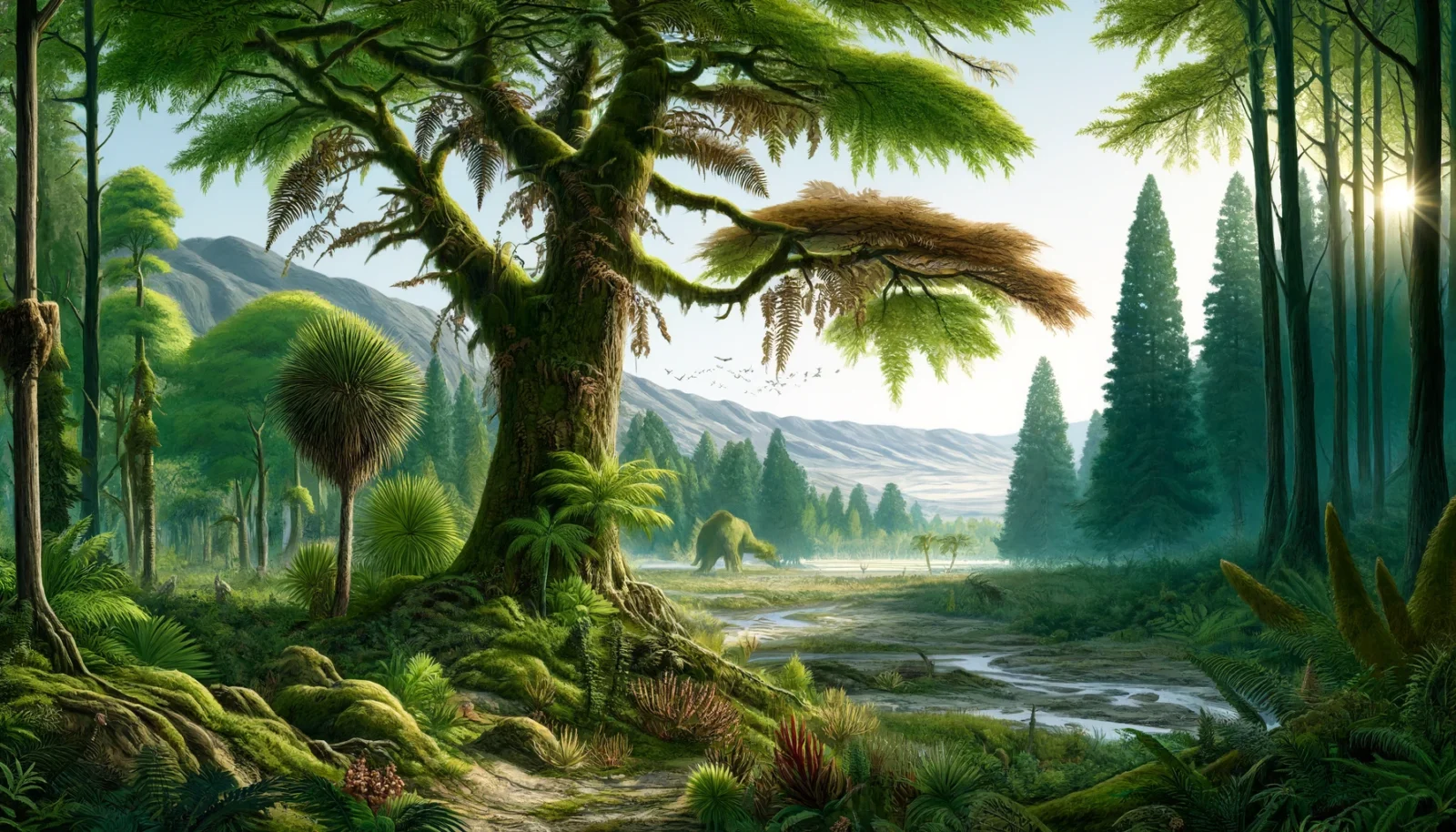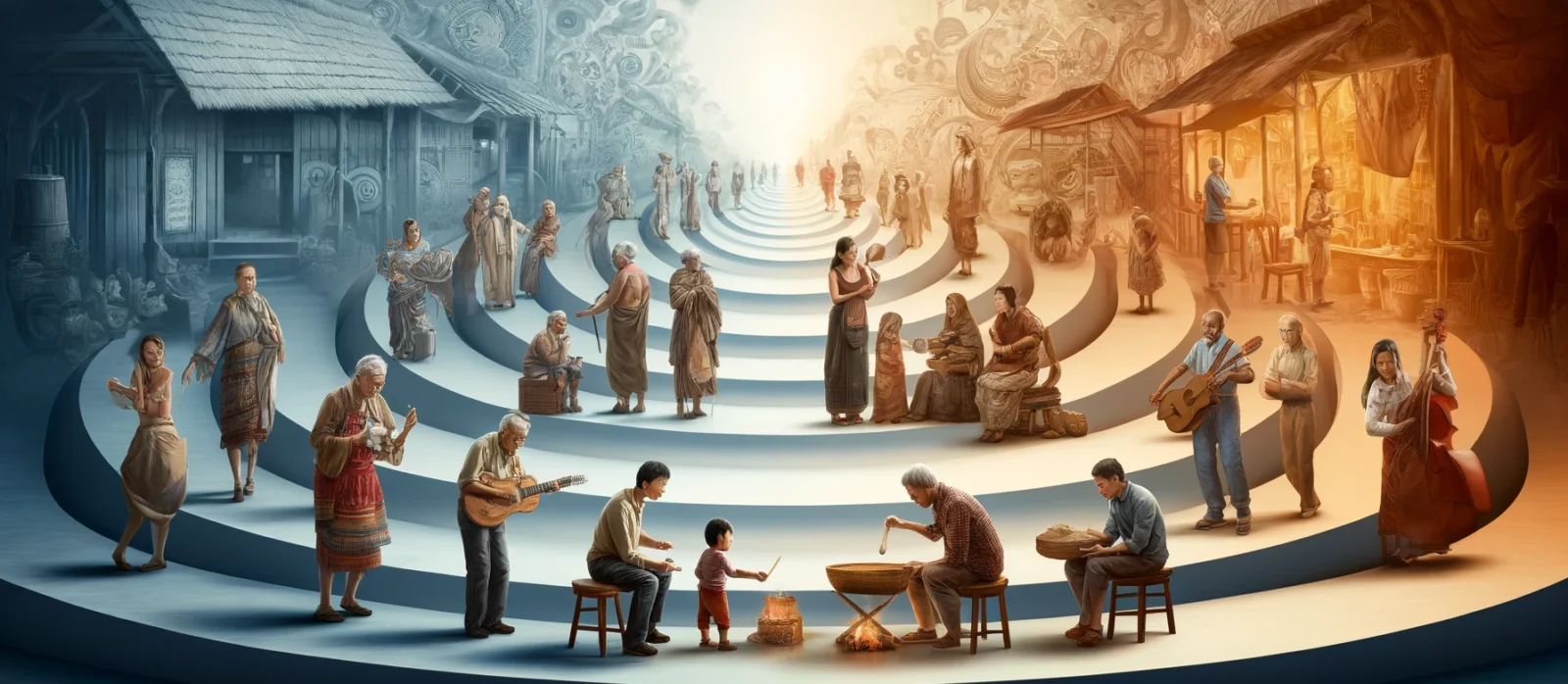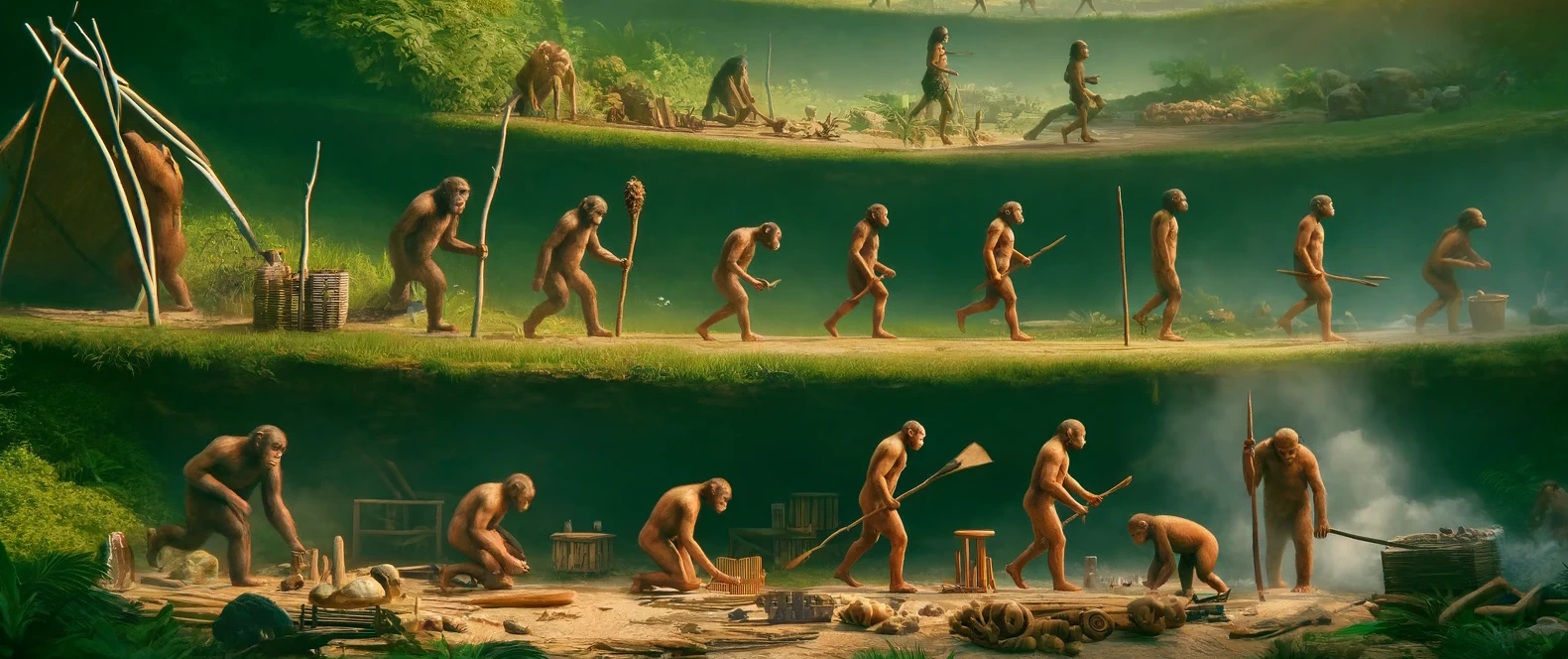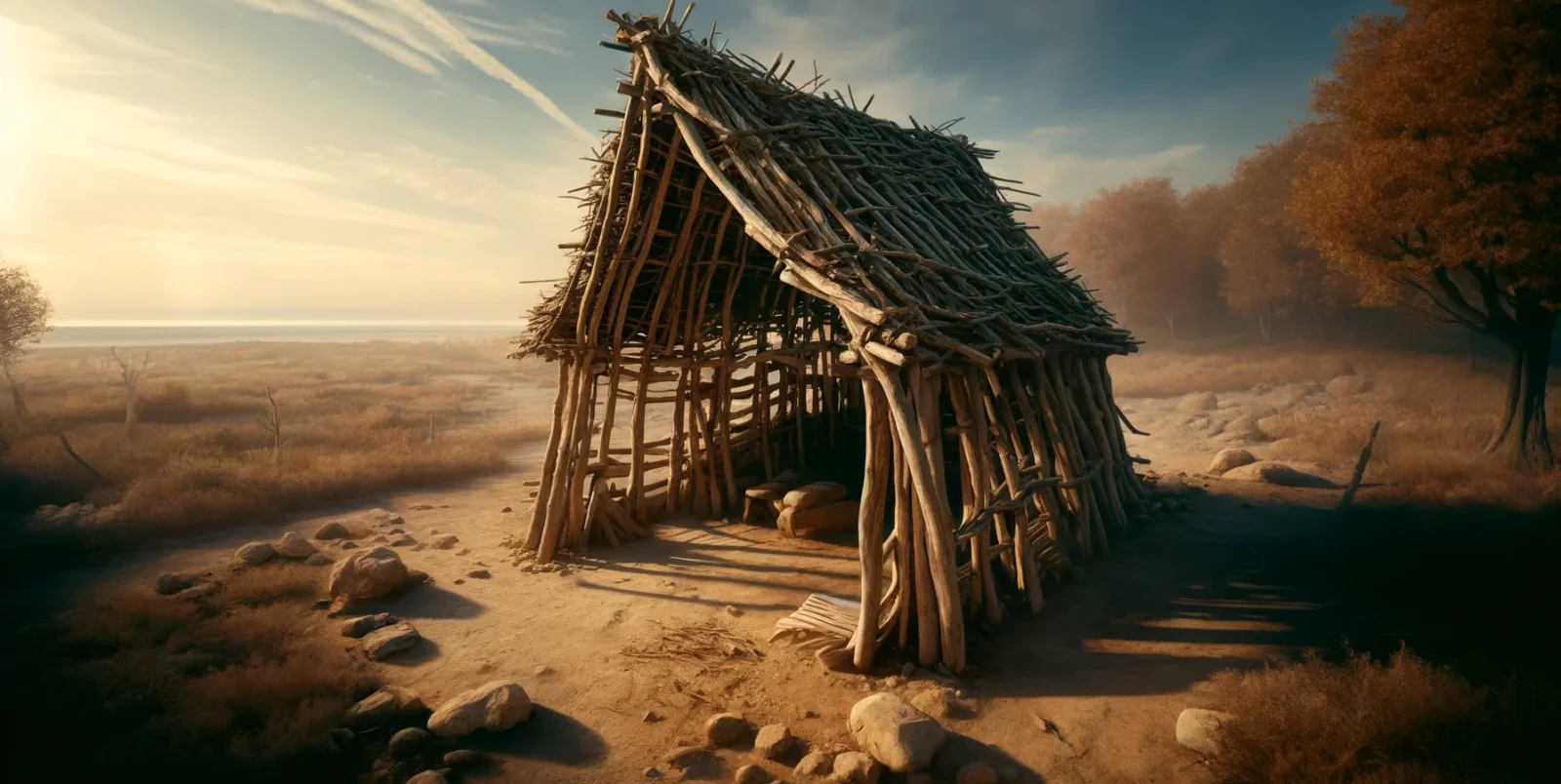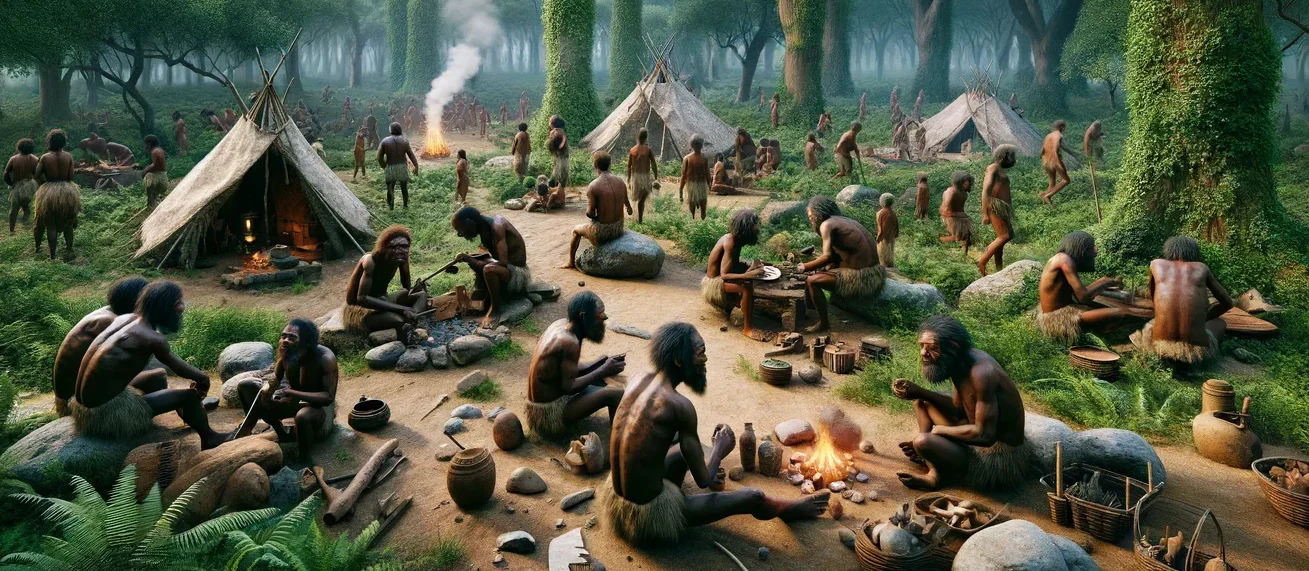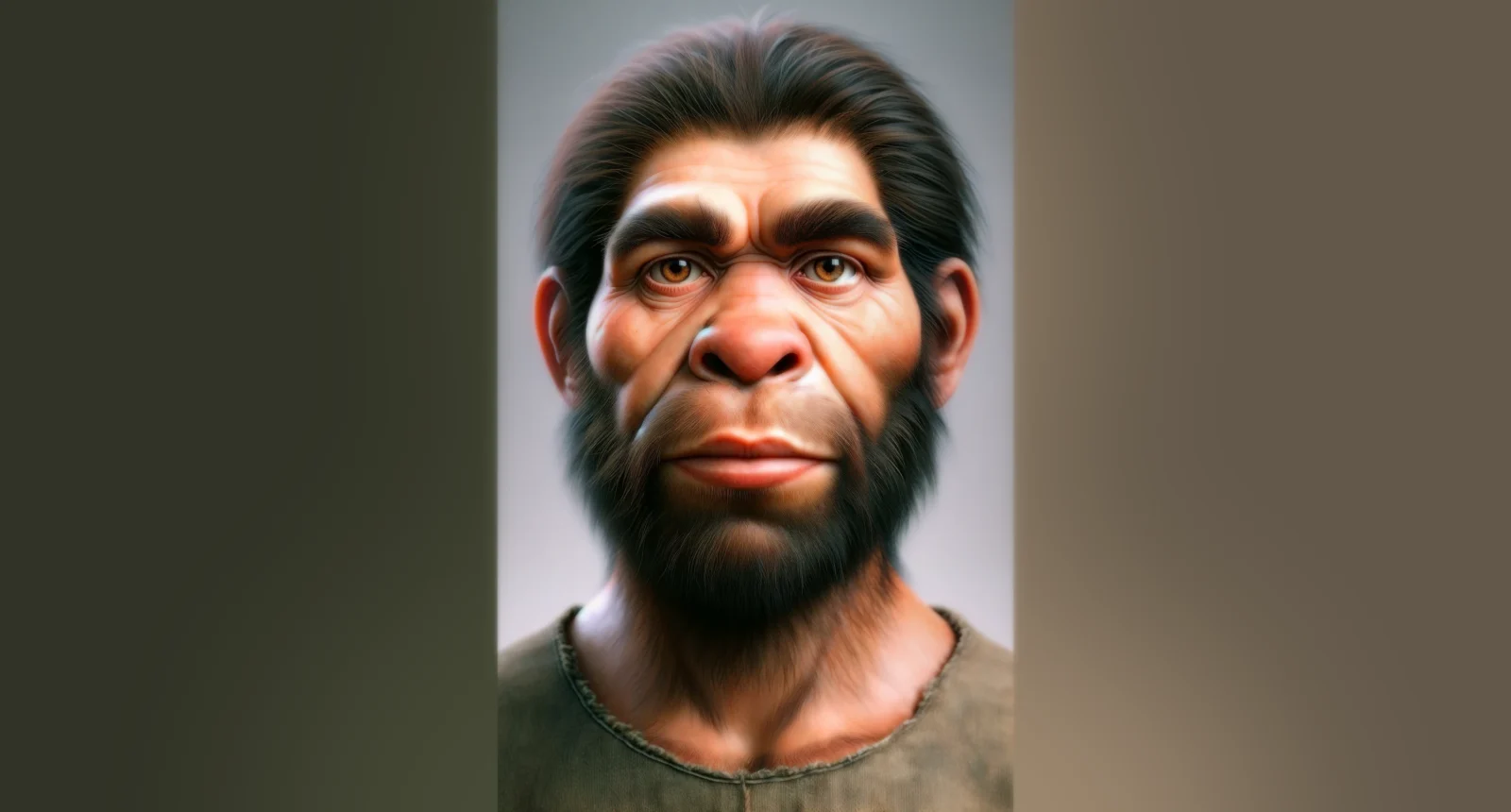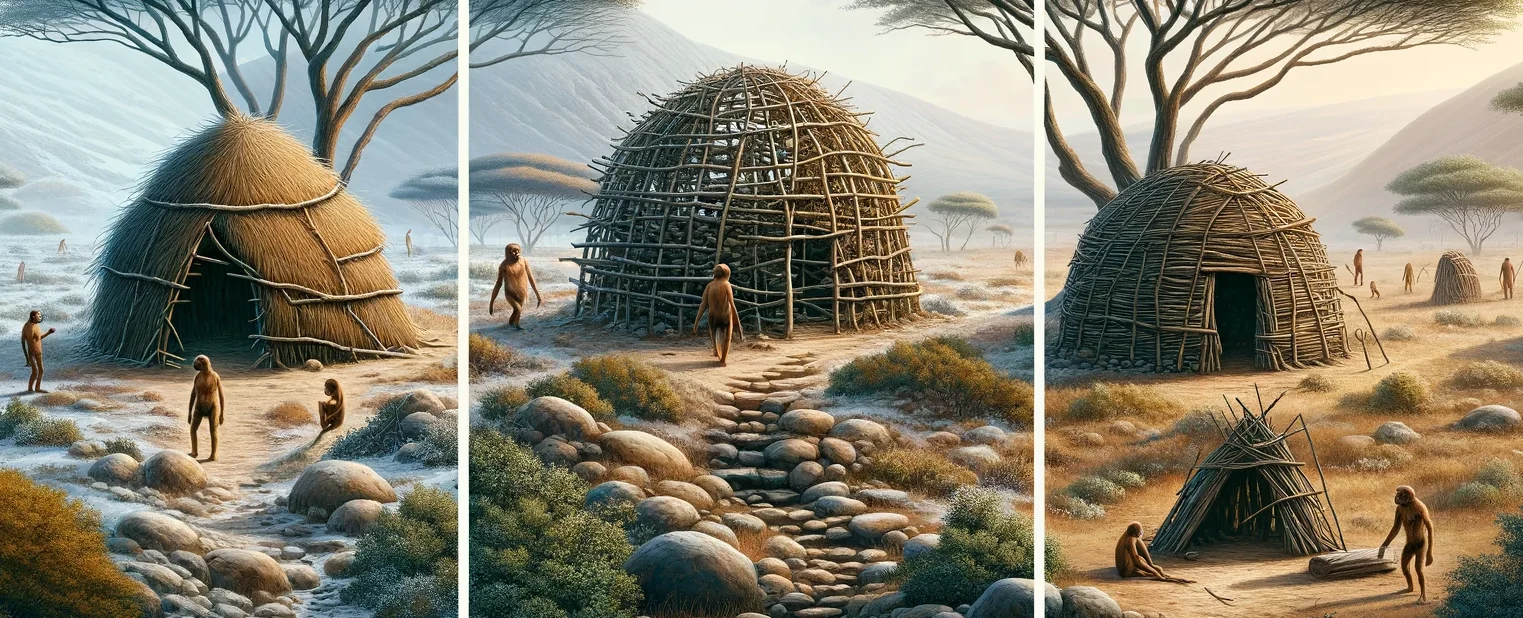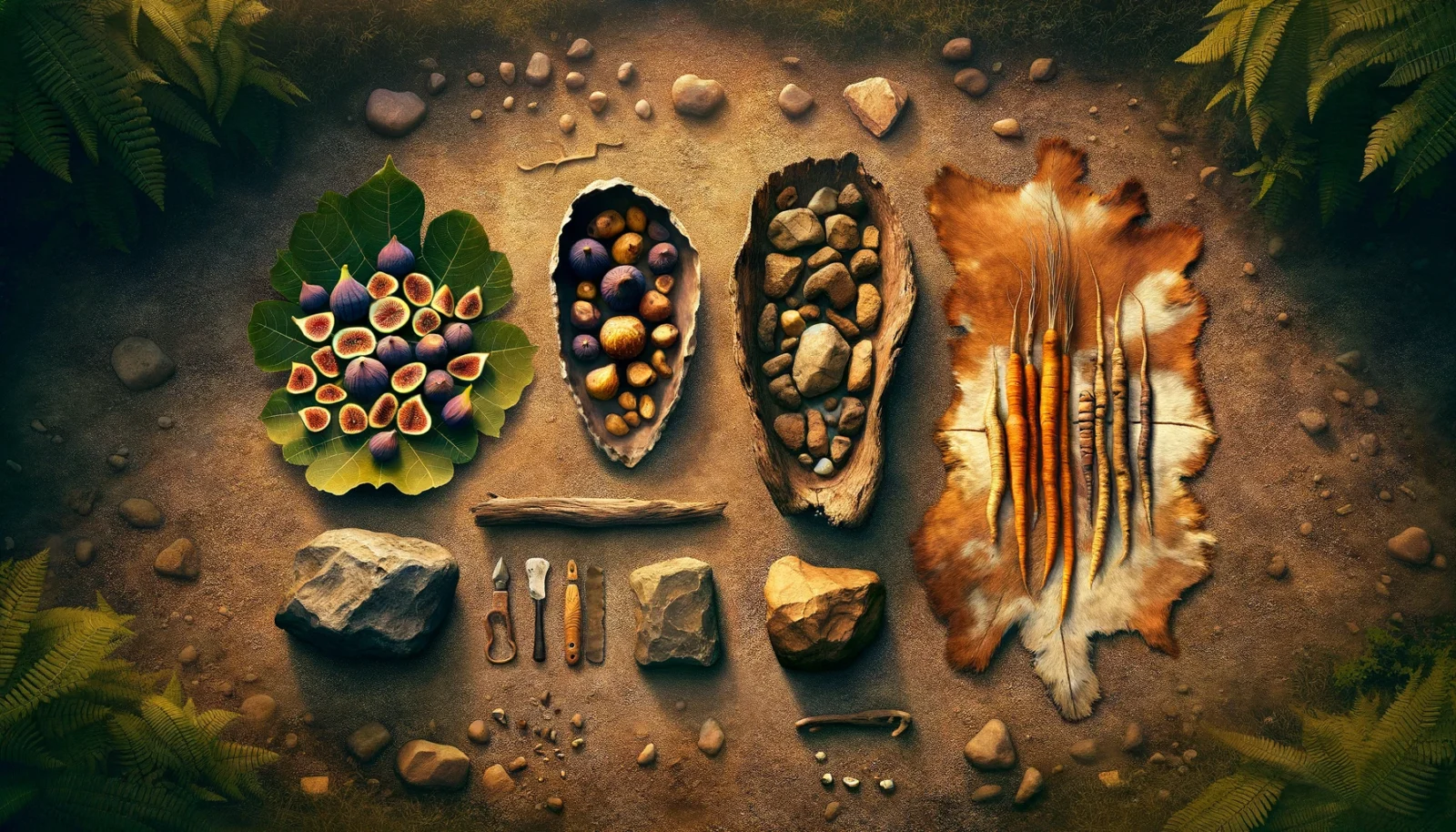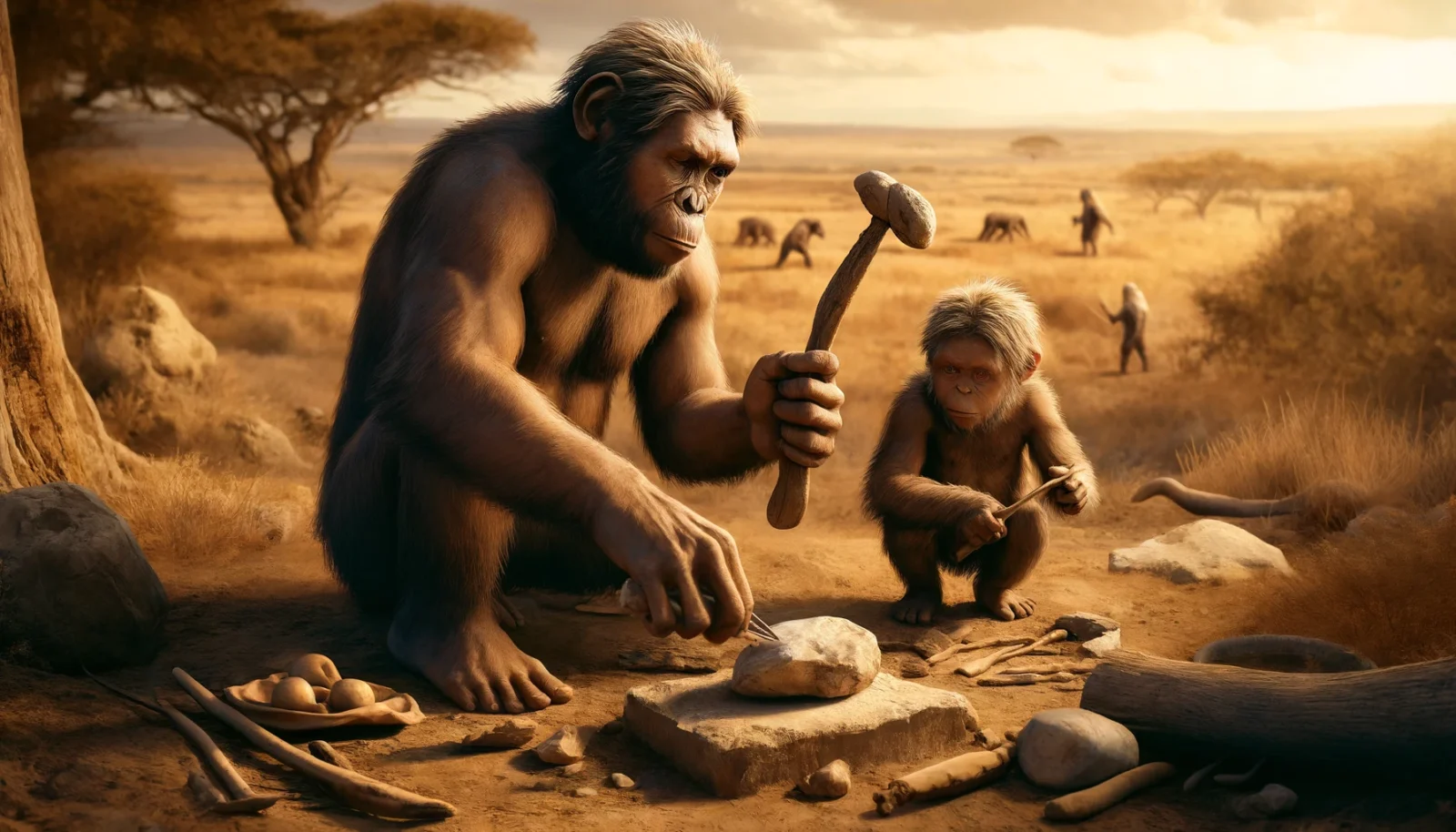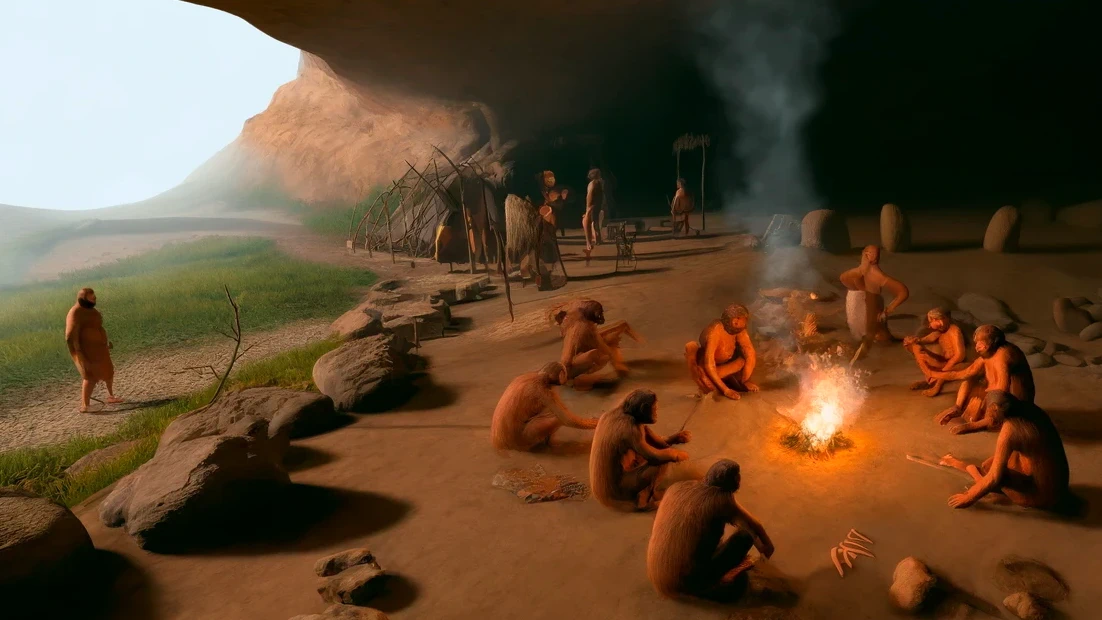Modern Trees: Modern Leaves
This image showcases the intricate leaf structures of modern trees, specifically highlighting the leaves of the Maple and Oak. These species represent the evolutionary pinnacle of leaf development, featuring complex, highly branched vascular systems that optimize photosynthesis and water management. Maples, with their characteristic palmate leaves, and Oaks, with their lobed leaves, exemplify the diversity […]
Modern Trees: Modern Leaves Read More »



